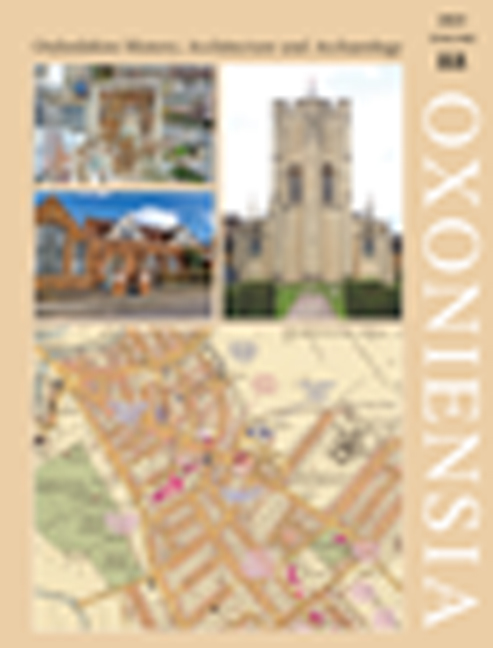Peregrine Horden (ed.), The Reredos of All Souls College, Oxford
Published online by Cambridge University Press: 15 May 2024
Summary
The creation of this collection of essays was inspired, the Preface explains, by the ‘sheer beauty and splendour’ of the reredos in the chapel of All Souls College, Oxford (founded 1438–43) – and the lack of any previous study. It provides a wide-ranging account of this magnificent work, by leading scholars in the fields of history, and art and architectural history, as well as specialists in stone types and the analysis of paint. The chapel, and the college site and its constraints, are introduced lucidly by the editor, enhancing previous histories of the buildings. The book then has a chronological structure, around themes of making, breaking, covering and restoring. Essays on the reredos itself are thrown into relief by broader surveys of changing devotional practices.
Christopher Wilson’s essay introduces and reassesses the medieval reredos. He makes a new analysis of the rich documentary evidence in the college archives to confirm that work was in progress on such a structure from the mid fifteenth to the early sixteenth centuries. In assessing the surviving object, the medieval stonework may be distinguished by its polychromy from that created in the scholarly restoration by George Gilbert Scott (1870s). Wilson argues that the consistent forms and block sizes of the surviving architectural frames indicate a single date. Their form and style are consistent with the later recorded work (from 1493). Only parts of the sculpted Last Judgement at the apex are considered to date from the reredos begun in the time of the college’s founder, Archbishop Henry Chichele (died 1443). Possible reasons for a change in design are addressed briefly, including the more limited extent of the first design. The creation of a vast new reredos in Magdalen College chapel in 1474 could also have prompted the new work, within a pattern of emulation in late-medieval Oxford. An attribution is made to the local carver Robert Fustyng, named in an account for 1502–3. A careful, if hypothetical, reconstruction of the arrangement of documented and lost images on the two versions of the reredos, with wide reference to other sites, proposes iconographical emphases that would have been appropriate to the foundation. These are complemented by Eamon Duffy’s lively account of fifteenth-century devotion in England, including the cult of the saints, and of the founder’s devotional interests and the liturgical character of his college.
- Type
- Chapter
- Information
- Oxoniensia 88 , pp. 378 - 379Publisher: Boydell & BrewerFirst published in: 2024



